10th Apr 2024
Wednesday One-Off: 1964 Aguzzoli Condor
by Collecting Cars
Italian designers and coachbuilders have gained well-deserved worldwide renown for conceiving and building some of the most beautiful cars in the world. Countless hours are poured into these stunning creations from their initial conception, through sketch-work, to forming and testing, before they are deemed worthy to be unveiled to an expectant audience.
Most manufacturers prefer to keep their new models firmly under wraps until that time, hoping to avoid the awkward sprint back to the drawing board following a poor reception. However, the origins of this week’s One-Off came from just that; a rush to get a car ready for the track that led to some less-than-savoury comments, and a prompt readjustment for a second attempt.
The vehicle in question is the Aguzzoli Condor. This lesser-known brand was founded by Sergio Aguzzoli, who was born into a family already famous for another of Italy’s beloved creations: salami. However, Sergio was not so interested in the family business, and wanted to branch out into his passion for motoring racing. During the 1950s he participated in various local and national racing competitions, and in 1955 he was offered the opportunity to become a partner of the Alfa Romeo dealership in Parma.
The logical next step was to begin plans for constructing his own car, and in 1962, he and his business partner Luigi Bertocco – previously been a Ferrari technician and test driver – founded ‘Aguzzoli & Co’.
Strictly speaking, the Condor is not just one car, as there were two iterations: the original Condor 1, and the Condor MkII that is the focus here. The original Condor had solid underpinnings, though; reportedly powered by a 1300cc Alfa Romeo twin-cam inline-four engine from a Giulietta, coupled to a Citroen DS gearbox, and with the structure handbuilt by Carrozzeria Neri e Bonacini. Where the Condor 1 fell short was the bodywork, which was a full aluminium shell hand-crafted by technicians at Piero Drogo’s Carrozzeria Sports Cars. It had been a rushed project, and the result showed that.
Not to be put off, Aguzzoli & Co took what they had learned with the prototype and set about improving the formula for the Condor MkII. The chassis was slightly lengthened and widened, the engine was replaced with a 1600cc twin-cam inline-four engine sourced from an Alfa Romeo Giulia TZ and mounted in the middle, fed by twin Weber carburettors, and complemented by four wheel disc brakes to improve stopping power. The most dramatic change came in the form of the bodywork. The Condor MkII’s bodywork was shaped in fibreglass by Franco Reggiani, with this very light material contributing to the MkII tipping the scales at just 550kg.
The impetus behind setting up Aguzzoli & Co was a passion for motor racing, and unsurprisingly both variants of the Condor saw use on track. Both cars were entered into the 1964 Coppa FISA race at Monza, where they finished first and second in the 1.6-litre prototype class. Following disappointment in international races, the Condor MkII was given a number of upgrades, including a displacement increase to 1730cc with dry-sump lubrication, 13-inch wheels, and a Hewland five-speed gearbox. With these tweaks, the Condor MkII went on to secure overall victory at the Castione Baratti-Neviano degli Arduini hill climb event in June 1965, driven by Luigi Bertocco himself following the dissolution of the company in 1964.
After the closure of the company, the history of the Condor models becomes somewhat lost to the mists of time. The Condor 1 is thought to have been stripped of its bodywork and later cannibalised for parts. However, the Condor MkII was more fortunate, having reportedly been stored away in a warehouse, before being rediscovered and sold on in 2003, and restored to its original 1600cc specification.
Making occasional appearances on the classic and concours show circuits, the Aguzzoli Condor MkII remains cherished in a private collection, and serves as a beautiful memento from a lesser-known and short-lived Italian boutique manufacturer.


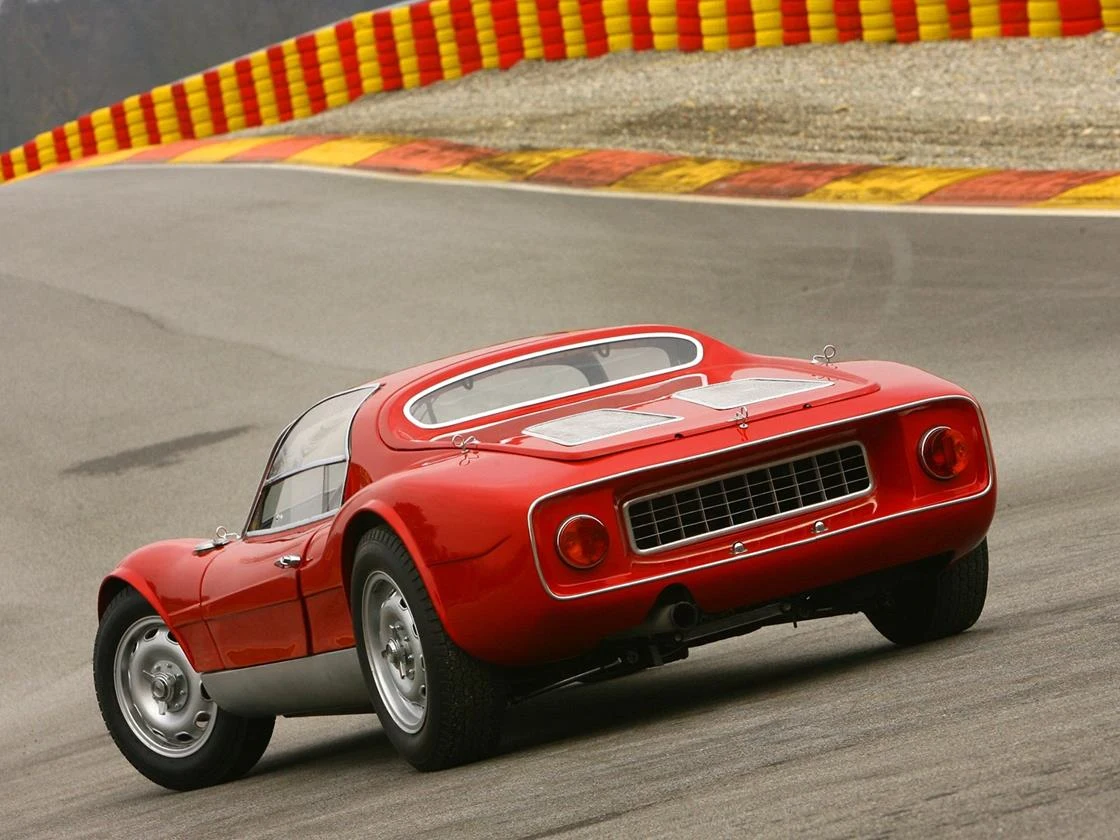
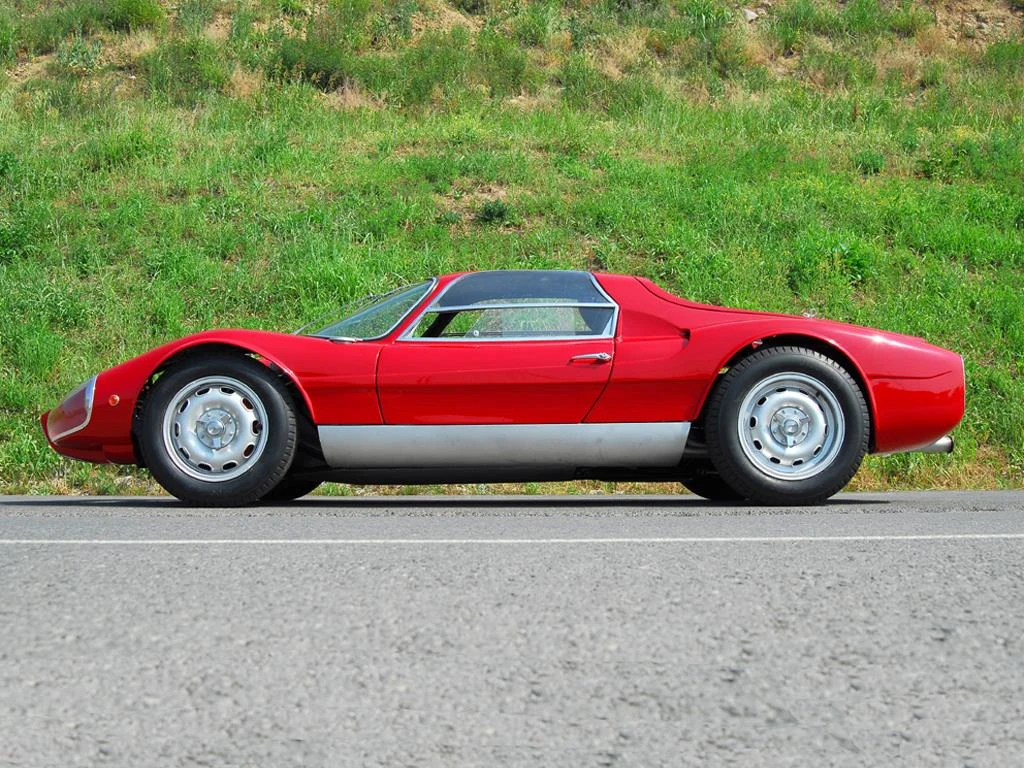
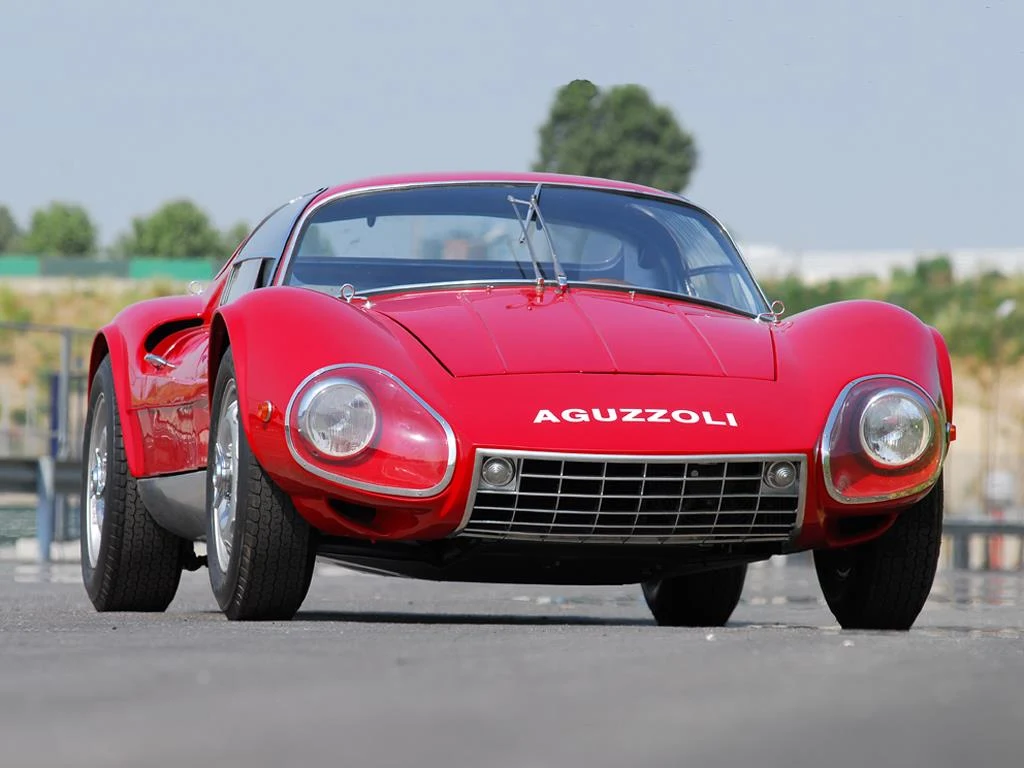

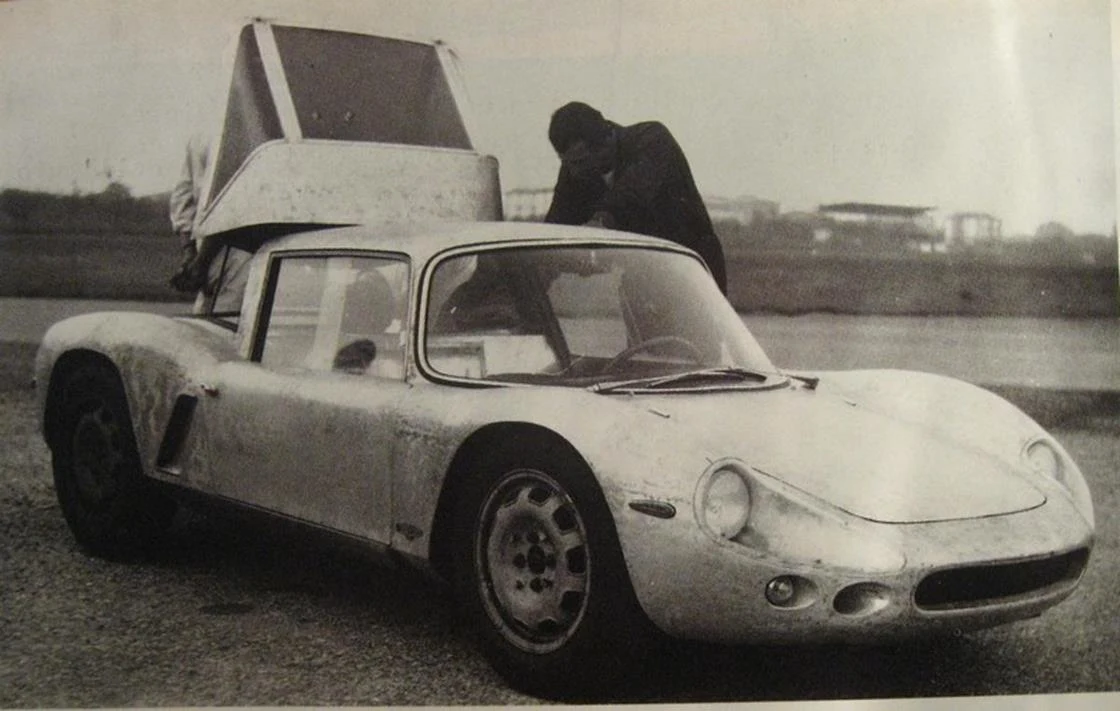


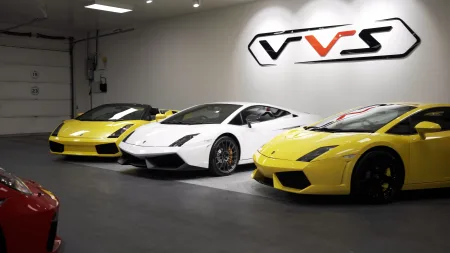
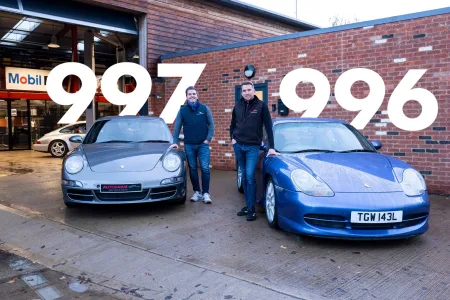


Have your say!